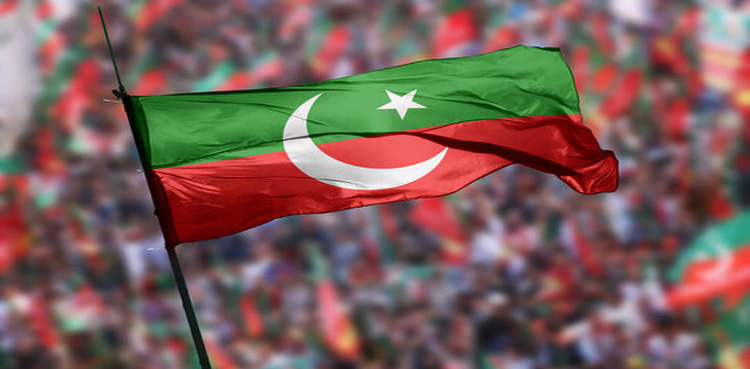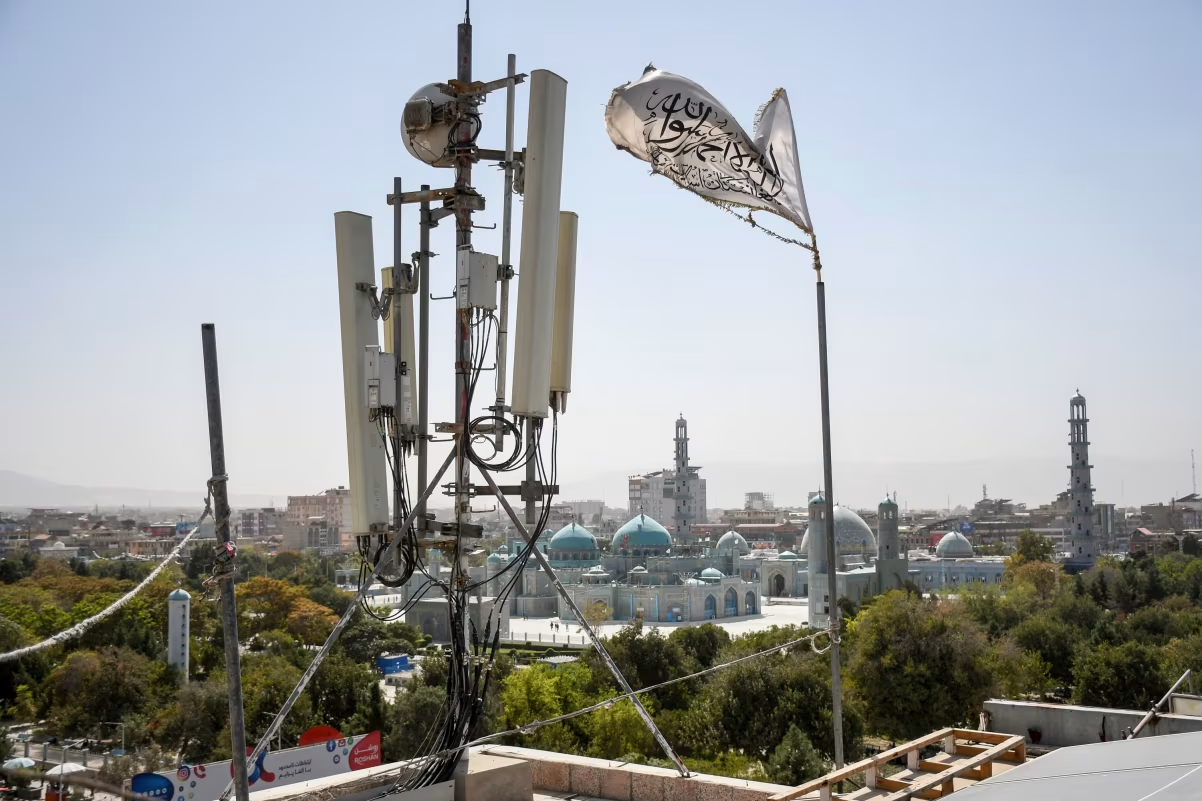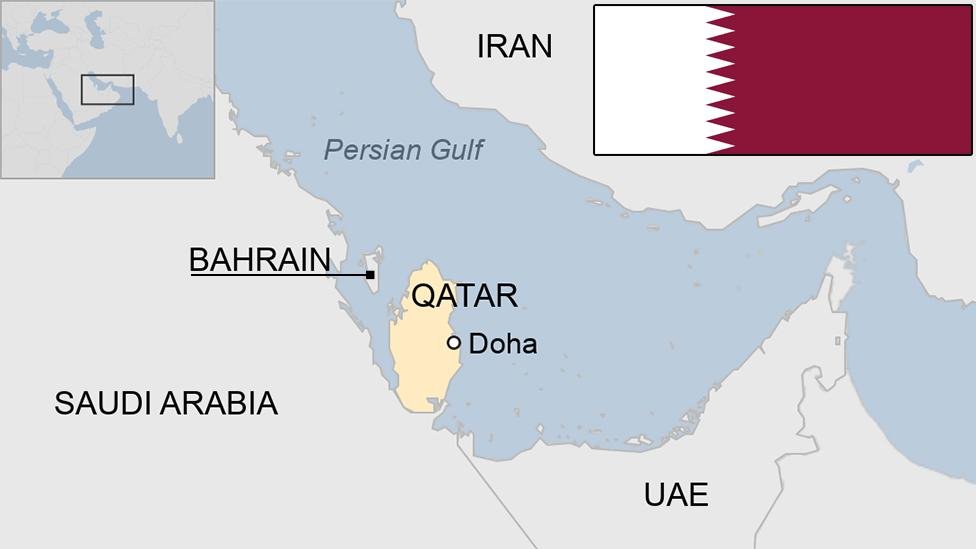April 2025 was one of the hottest months Pakistan has experienced in decades, with temperatures soaring to 49°C in Sindh and rainfall levels falling drastically short of normal, according to the Pakistan Meteorological Department.
Nationwide, the average daytime temperature was 36.4°C—nearly 5°C above normal—making it the second-hottest April in 65 years. Even nighttime offered little relief, with average low temperatures of 19.4°C, ranking as the third-warmest on record.
The extreme heat was most severe in Shaheed Benazirabad, Sindh, which hit a blistering 49.0°C on April 17 and recorded the highest average daytime temperature for the month at 44.7°C.
While the south baked in intense heat, the north saw a stark contrast. Gilgit-Baltistan experienced freezing temperatures as low as 0.0°C in early April, with Astore recording the coldest average temperature at just 5.0°C.
Rainfall across the country was alarmingly low. Pakistan received only 9.2 mm of rain—59% below the normal level—making this the seventh driest April since 1960. Skardu saw the heaviest single-day rain at 62.8 mm, while Dir in Khyber Pakhtunkhwa was the wettest overall, collecting 99 mm for the month. But these were exceptions—most areas remained bone dry.
Although three western weather systems brought some moderate rainfall and hail to parts of Khyber Pakhtunkhwa, Punjab, Gilgit-Baltistan, and Kashmir in early to mid-April, the southern half of the country was dominated by relentless heatwaves.
A persistent “heat low” system over Balochistan and Sindh during the second half of the month pushed temperatures 5–7°C above normal in Upper Sindh and 4–6°C higher in Lower Sindh. Punjab and Balochistan were also gripped by sweltering, dry conditions.
Meteorologists warn that this hot, dry pattern is likely to continue in the weeks ahead, increasing risks of water shortages, heat-related illnesses, and strain on agriculture.















